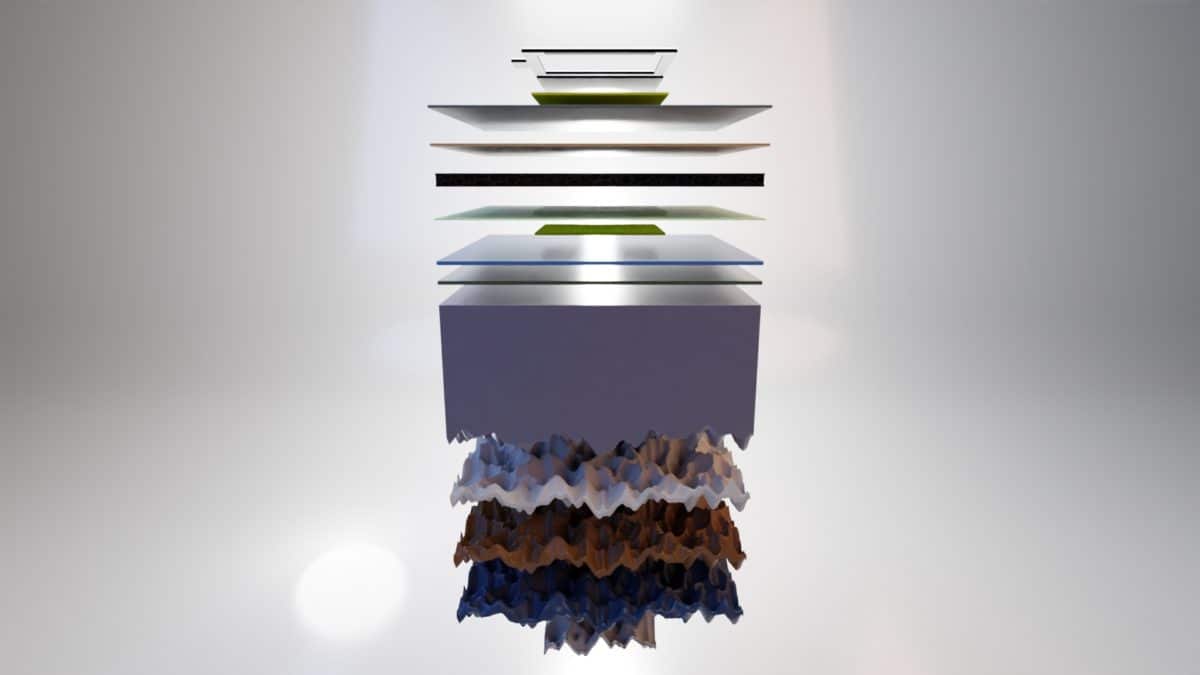After a few years of rapidly increasing efficiency records, 2020 has seen research into perovskite solar cells shift towards gaining a fuller understanding of mechanisms behind the impressive performances reported so far.
Looking deeper into the materials themselves, as well as the processes at work at the interface between cell layers, particularly in perovskite-silicon tandem cell concepts, will help scientists understand where further optimizations can push performance even higher, and where degradation mechanisms could threaten the long-term performance of the devices.
In January 2020, a group at the Helmholtz Zentrum Berlin (HZB) set the world record for tandem cell efficiency at 29.15%. Continuing its work on the record-breaking cell, the group now reports a self-assembled monolayer placed between the perovskite and silicon cells, which enhanced both the fill factor and stability of the device. With this layer, the group fabricated a tandem cell that retained 95% of its initial performance after 300 hours under simulated 1-sun illumination, without encapsulation.
“We first prepared the perfect bed, so to speak, on which the perovskite lays,” explains HZB researcher Amran Al-Ashouri. He goes on to explain that better understanding the operation of the cell, and in particular the movement of ‘holes’ through the devices, allowed them to further optimize its performance. “We optimized what is called the fill factor, which is influenced by how many charge carriers are lost on their way out of the perovskite top cell,” Al-Ashouri explains. “We observed that the extraction of holes is much slower than electron extraction, which limited the fill factor.”
Popular content
The results are reported in the paper Monolithic Perovskite/Silicon Tandem Solar Cell with >29% Efficiency by Enhanced Hole Extraction, published in Science. The paper also reports new methods to assess both fill factor and charge transfer in tandem cells, finding that with its current tandem cell structure, further improvements should be able to push efficiency up to a practical limit of 32.4%.
The work demonstrates major collaborations coming together on tandem cells, following of trend this year of major studies aiming to push understanding of the materials as they head toward commercial production. The paper in Science is credited to 29 authors in total, with contributions from institutions across Europe, including Lithuania’s Kaunas University of Technology, the University of Ljubljana in Slovenia, the University of Sheffield in the UK, and a host of other German institutes.
“Each partner brought their own special expertise to the project, so we were able to achieve this breakthrough together,” says Steve Albrecht, leader of the group at HZB. “We can certainly achieve over 30%.”
This content is protected by copyright and may not be reused. If you want to cooperate with us and would like to reuse some of our content, please contact: editors@pv-magazine.com.



The development on tandem cells being reported is appreciated. But the main focus must be on larger size, quality control, commercialization, cost competitiveness. Compared to the level of current achievement by C-Si technology, I find it would be an herculean task . Moreover the advancements in solar C-Si are also being done concurrently. So the race is going to be tough and will be interesting to see the outcome after next 5-6 years. All the best to the researchers.